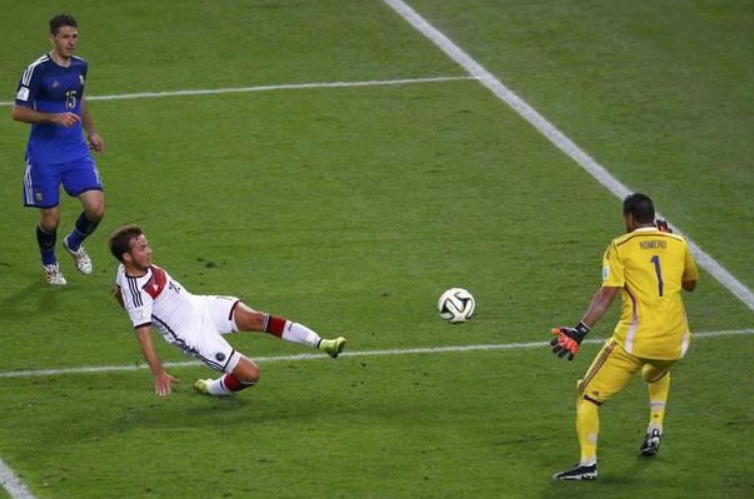In football, few things are as feared as a serious knee injury. For athletes who rely on explosive speed, precise footwork, and dynamic direction changes, the knee is both a powerhouse and a vulnerability. One wrong landing or awkward twist can not only end a match — it can threaten an entire career. But why are knee injuries so devastating in football, and more importantly, what can be done to prevent them?
The Anatomy of a Career-Altering Injury
The knee is a complex joint composed of bones, ligaments, tendons, and cartilage. Its role in absorbing shock, stabilizing movement, and enabling sprinting or pivoting makes it critical in football. The most common injuries include:
- Anterior Cruciate Ligament (ACL) tears
- Meniscus tears
- Medial Collateral Ligament (MCL) sprains
- Patellar tendinitis
An ACL tear, in particular, is often called the “boogeyman” of football injuries. Recovery can take anywhere from 6 to 12 months and demands rigorous rehab. Even then, not all athletes return to their previous form.
Real Stories, Real Consequences
Some of the world’s most promising players have had their careers derailed or drastically changed due to knee injuries.
- Marco van Basten, a Ballon d’Or winner, retired at just 28 due to recurring knee problems.
- Ronaldo Nazário, the Brazilian legend, suffered multiple knee injuries. Though he made a heroic comeback, he was never quite the same.
- Alex Oxlade-Chamberlain and Virgil van Dijk are more recent examples who battled through long rehabs after ACL injuries.
These stories highlight how even elite medical support and world-class fitness can’t always prevent the toll of knee trauma.

Why Football Is So Hard on the Knees
Football puts unique stress on the knees:
- Sudden decelerations and accelerations
- Quick pivots and turns
- High-impact collisions
- Unpredictable tackles
Even on perfect turf, a player’s knee can buckle under the pressure of a mistimed challenge or awkward foot placement.
Prevention: What Can Be Done?
Thankfully, modern sports science is helping players reduce their risk. Preventative strategies include:
🔹 Strength and Conditioning
- Focus on hamstrings, quadriceps, glutes, and calves
- Improve balance and proprioception
🔹 Dynamic Warm-Ups
- Functional warm-ups that mimic game movements
- Include agility drills and mobility exercises
🔹 Recovery and Load Management
- Adequate rest between sessions
- Monitoring match minutes and fatigue levels
🔹 Technique Training
- Teaching proper landing mechanics
- Improving posture during tackles and turns
Here’s a quick overview of key prevention tools:
| Strategy | Purpose |
|---|---|
| Strength Training | Muscle support for knee stability |
| Dynamic Warm-Ups | Activate key muscles & prevent strains |
| Proper Footwear | Enhance grip and balance |
| Load Management | Prevent overtraining and fatigue |
A Cultural Shift in Football
The stigma around injury prevention is slowly changing. Where warm-ups were once rushed and recovery overlooked, clubs now invest in full-time physiotherapists, data analysts, and strength coaches. Youth academies are beginning to teach injury awareness as early as age 10.
A footballer’s knee is both a marvel and a fragile mechanism. It takes the brunt of every sprint, jump, and slide. While we’ll never fully eliminate the risk, awareness and modern training techniques are crucial in tipping the odds in favor of longevity.
For players, coaches, and fans, remembering that prevention is just as heroic as recovery might be the cultural change the sport needs most.

